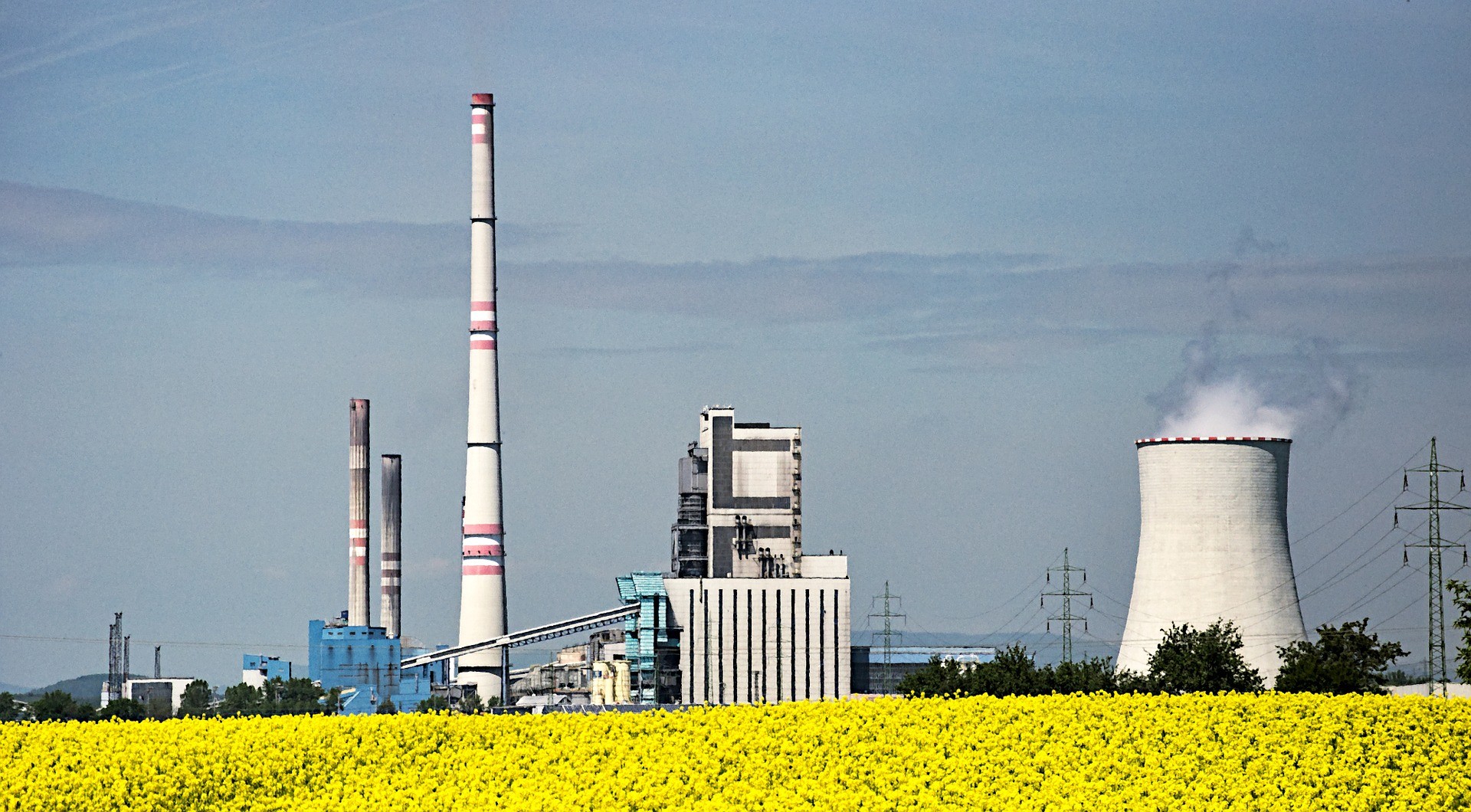EXPERT COMMENT: What is Bioenergy? And what role can it play in a low carbon future?
As the UN’s annual climate change conference, COP23, reaches its climax, Dr Mirjam Roeder, from The University of Manchester's School of Mechanical, Aerospace & Civil Engineering and Tyndall Centre for Climate Change Research, outlines why bioenergy is a key renewable energy source for a carbon neutral feature.
When we think or talk about renewable energy it is often solar, wind and tidal power that most people instantly recognise. However, bioenergy actually makes up around 70% of all renewable energy sources across the world. But what do we actually mean by bioenergy and biofuel?
Biomass is any kind of plant and organic material used to create different forms of bioenergy. These kinds of materials, also known as feedstock, can then be used for everything from running a power station to fuelling cars. The sector has enormous potential for providing the world with a sustainable, low-carbon energy. The UK alone could generate up to 44% of its energy from biomass sources, such as household waste and agricultural residues, by 2050.
In the form of wood chips, pellets or biogas, bioenergy can also help to decarbonise the heat sector. For example, the UK already has a well-established gas grid which could easily accommodate biogas instead of its fossil fuel counterpart. Bioenergy can also provide heat for industrial processes which other renewables might not be able to.

The sector has enormous potential for providing the world with a sustainable, low-carbon energy. The UK alone could generate up to 44% of its energy from biomass sources, such as household waste and agricultural residues, by 2050.
Like solar and wind, bioenergy will also play an important role in providing electricity production in the UK. But unlike the other renewable energy sources, which primarily generate electricity, bioenergy is also extremely versatile. That’s because you can literally reuse every organic material for energy purposes and there is a whole array of technologies for turning biomass into different kinds of energy. Thermochemical routes for bioenergy, like combustion making heat and power, are currently the primary uses for biomass. However, more and more biological pathways producing biogas and liquid fuels are providing different usage alternatives, like transport.
There is a big push for electrification of transport, but biofuels and biogas could also play an important role in decarbonising the transport sector, especially public transport. It could revolutionise Heavy Goods Vehicle (HGV) haulage and travel, aviation and shipping. That’s because other renewable sources could struggle to provide the technologies at the required size and scale needed to support major transport networks.
Another fundamental benefit of bioenergy is that it’s the only renewable energy that can take CO2 out of the atmosphere. This is because many forms of biofuel involve crops, trees and plants and all of these need CO2 for photosynthesis. That is why all the Intergovernmental Panel on Climate Change’s (IPCC) scenarios that keep the planet below the 2°C global warming target have massive amounts of bioenergy with carbon capture and storage (BECCS).
There are some criticisms of bioenergy and a debate whether it is actually a sustainable energy source at all. That’s because biomass production and procurement is very closely related to land use, agriculture and forests. Sustainability criteria can help to ensure that only biomass with the lowest carbon impact is used. Especially in the Global South, which is the biggest user of bioenergy, most of the biomass is used in an unsustainable and inefficient way with significant negative impacts on human health and environment.
Developing a modern bioenergy system has huge potential for providing sustainable, low-carbon energy facilitating a range of key sustainable development goals (SDG), such as affordable and clean energy, economic development, food security and health. The University of Manchester along with other institutions, through The Supergen Bioenergy Hub, are pioneering an interdisciplinary approach to bioenergy, bringing together industry, academia and other key stakeholders, to ensure bioenergy has a sustainable future and renewable tomorrow.
If you want to learn more about bioenergy, why not read The Supergen Bioenergy Hub's Graphic Novel?




